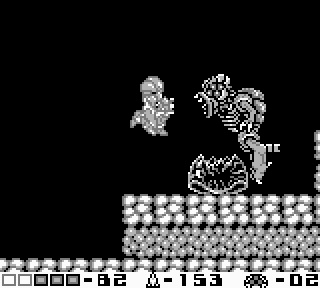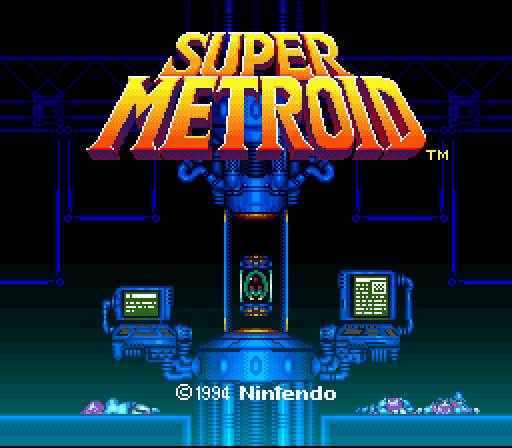When it comes to Nintendo, a handful of specific franchises are often regarded as core pillars of their brand. From Super Mario, to The Legend of Zelda, to Pokémon – when one thinks about a Nintendo game, it will often be one of these. That being said, there’s a certain franchise that’s well-known for flying under the radar of many casual fans despite being just as long-lived and influential as the others: the Metroid series. In honor of Super Metroid celebrating its 30th anniversary today, we’re going to take a glance at the Metroid series and how Super Metroid shaped the future of the franchise for decades to come.
The early days of Metroid and Metroid II: Return of Samus
The Metroid series had its roots during the renaissance era of video gaming, the mid-’80s. Releasing just a year after Super Mario Bros. in 1986, the game was quite popular among critics and game review magazines. That being said, the original Metroid is notorious for being riddled with bugs – which wasn’t uncommon during that era, but still warrants a little bit of scrutiny. Many core aspects of the series were introduced here, albeit not very fleshed out.

Following that came Metroid II: Return of Samus. Released in 1991 on the Game Boy, the story follows the events of Metroid on the NES, and like its predecessor, was also fairly well received. The game was criticized for its poor graphics and audio quality, which isn’t terribly surprising for a Game Boy game at the time. For the most part, Metroid II closely followed the formula established by the original, and introduced a few series staples such as the Varia Suit and the Space Jump.
How Super Metroid changed the game for the series
Every media series has that pivotal entry that bolsters itself into a household name, and for the Metroid franchise that title was undeniably Super Metroid. While the first two entries in the series weren’t unsuccessful by any means, Super Metroid blew them both out of the water in nearly all departments. Despite selling fewer copies than its two predecessors, Super Metroid marked a significant step up in sound design, graphics, and overall gameplay. Super Metroid alongside Castlevania: Symphony of the Night are widely regarded as being responsible for establishing the “Metroidvania” genre of games, inspiring many future titles, especially indie games such as Hollow Knight.
You can describe the difference between Super Metroid and its predecessors with one word: polish. While the original Metroid was critiqued for being unstable and glitchy, and Metroid II was known for lackluster visuals and audio, Super Metroid nailed both of these areas. Not only is the game relatively stable, but the visual style and the soundtrack are incredible at selling the otherworldly atmosphere the Metroid series is now known for.

Super Metroid was raved about by critics and reviewers both during its time and even to this day. The review aggregator GameRankings gave the game a score of 97%, one of the highest of any game ever. Many other reviewers shared similar sentiments: GameSpot gave it an 8.5/10, Nintendo Power gave it a 4.425/5, and IGN and Game Informer gave it a 9.5/10, among many other similarly positive reviews. Super Metroid is often regarded as one of the greatest video games ever made – a well-deserved declaration if we do say so ourselves.
What became of the Metroid franchise following Super Metroid?
Following the success of Super Metroid, the series continued to explore new ways to deliver the quintessential Metroid experience. Super Metroid would be followed by Metroid Fusion on the Game Boy Advance and Metroid Prime on the GameCube. Metroid Prime in particular would go on to become a fan favorite and form its own side-series. While the overall slow release schedule of the franchise leaves Metroid as a more niche entry in the modern Nintendo lineup, it has a devoted fanbase and continues to see very good sales to this day.
Leave a Comment


